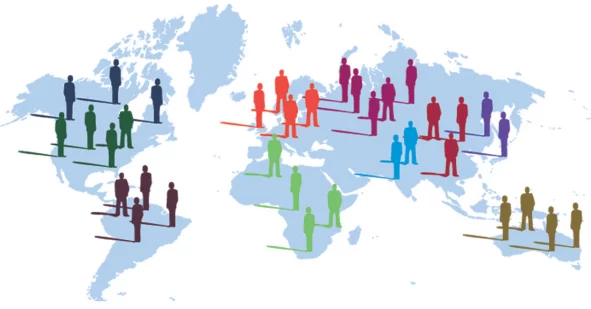This Illustrator job description template can be posted to online job forums and career pages for the recruitment of candidates. The Illustrator job description, its requirements, and responsibilities, given in this template can be modified according to the specific need of your company.
The primary job role of an Illustrator is to:
- Combine digital media with painting and hand-drawing for creating complete illustrations
- Refine designs by using illustration software
- Use various effects, colors, and graphics so as to better visualize the concepts
Illustrator Job Description
We are hiring an Illustrator to create innovative and original artworks for our digital and print publications. You will be responsible for collaborating with marketers, editors, and clients so as to truly understand their needs. Your ultimate goal would be the creation of high-quality illustrations within tight deadlines that will attract as much audience as possible.
In order to succeed in this role, you must be able to creatively transform ideas and messages into appealing illustrations. So, if you like to work in a fast-paced environment, and qualify the following requirements, we would like to hear from you.
Requirements
- At least a Bachelor’s degree in Design, Visual Arts or a related field
- Prior experience as a Graphic Designer, Illustrator or a related role
- A strong portfolio of professional and creative illustrations
- Experience with CAD software (e.g. AutoCAD, SketchUp)
- Experience with graphics editing tools and design software (e.g. InVision, Photoshop, CorelDRAW) and exceptional grasp on Adobe Illustrator
- Exceptional drawing skills by hand as well as by digital pen
- Strong aesthetic sense and ability to incorporate it in illustrations
- Exceptional time management skills along with the ability to multitask
Responsibilities
- Preparing rough drafts before actual design in accordance with requirements
- Combining digital media with painting and hand-drawing for creating complete illustrations
- Refining designs by using illustration software
- Using various effects, colors, and graphics so as to better visualize the concepts
- Formatting images by CAD software (e.g. AutoCAD)
- Applying isometric techniques for adding perspective to complex shapes
- Discovering new ideas, styles, and patterns by brainstorming with the design team
- Ensuring that printed/digital illustrations meet color and quality standards
- Estimating budget and time limitations for each project
- Identifying the needs of clients, marketers, and editors by participating in design briefs with them
- Staying aware of latest industry trends and advancements



